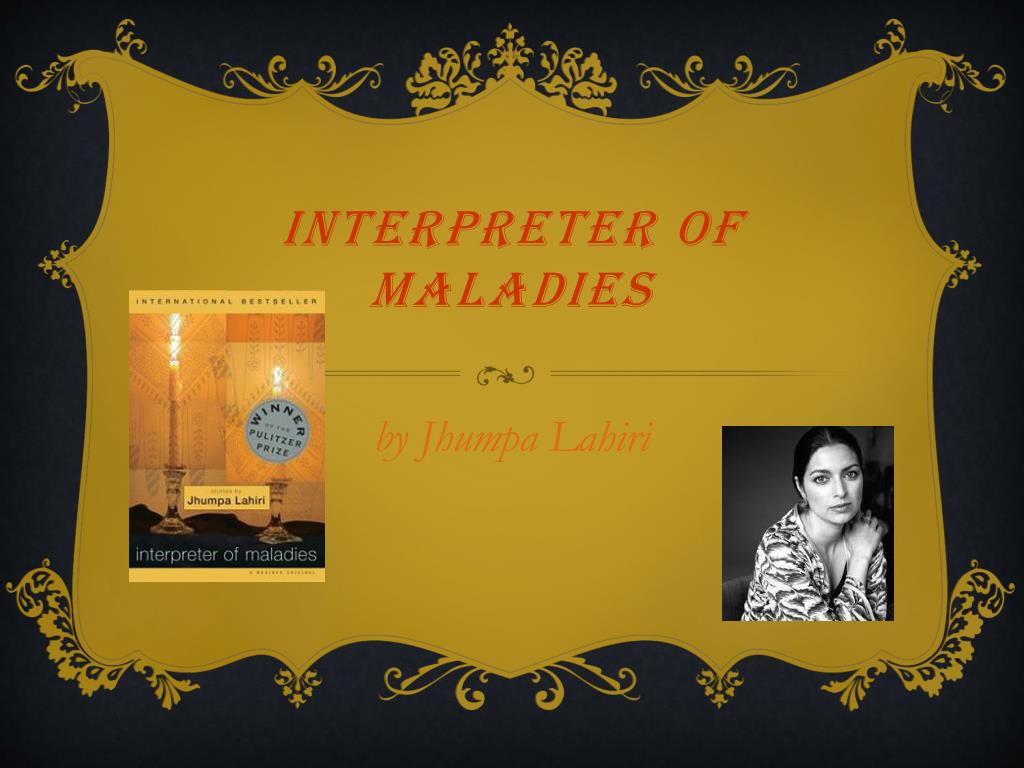

As the week goes on, they both look forward to these meals Shoba comes home earlier than usual, Shukumar goes to the market to pick up special food items, and their conversations deepen. This enforced dinner brings the two of them closer together than they have been for months, and the resulting conversation is therapeutic to their relationship. Shoba shows surprise at this when she sees it, compliments his work, and thanks him.

The first night with no power, Shukumar puts out placemats, makes an expansive dinner, breaks out a bottle of wine, and lights candles. In this story, Shoba, more than Shukumar, appears to have adopted a relatively local dietary habit. Rao’s contributions to Food, Society, and Culture, he states, “if a shift in residence occurs across the cultural regions, then the question whether the migrants retain the same food habits or change in favor of the dietary style of the locals in the new place of residence, becomes a significant one” (Khare and Rao 122). Lahiri uses this as an example to show how modern American relationships often fall apart, partially as a result of (or resulting in) the lack of family dinners.
.jpg)
For months now they’d served themselves from the stove, and he’d taken his plate into his study, letting the meal grow cold on his desk before shoving it into his mouth without pause, while Shoba took her plate to the living room and watched game shows, or proofread files with her arsenal of colored pencils at hand” (Lahiri 8). They no longer eat meals together or cook together, until they receive a notice that repair workers will cut their power for an hour every night, which forces them to eat together by candlelight: “Tonight, with no lights, they would have to eat together. In “A Temporary Matter,” Shoba and Shukumar have grown estranged from one another, despite being married and living together. This is most evident in the short stories “A Temporary Matter,” “When Mr.
In the collection of short stories, Interpreter of Maladies, Jhumpa Lahiri uses food and dining as a vehicle to display the deterioration of familial bonds, community, and culture through the transition from Indian to American ways of life.


 0 kommentar(er)
0 kommentar(er)
